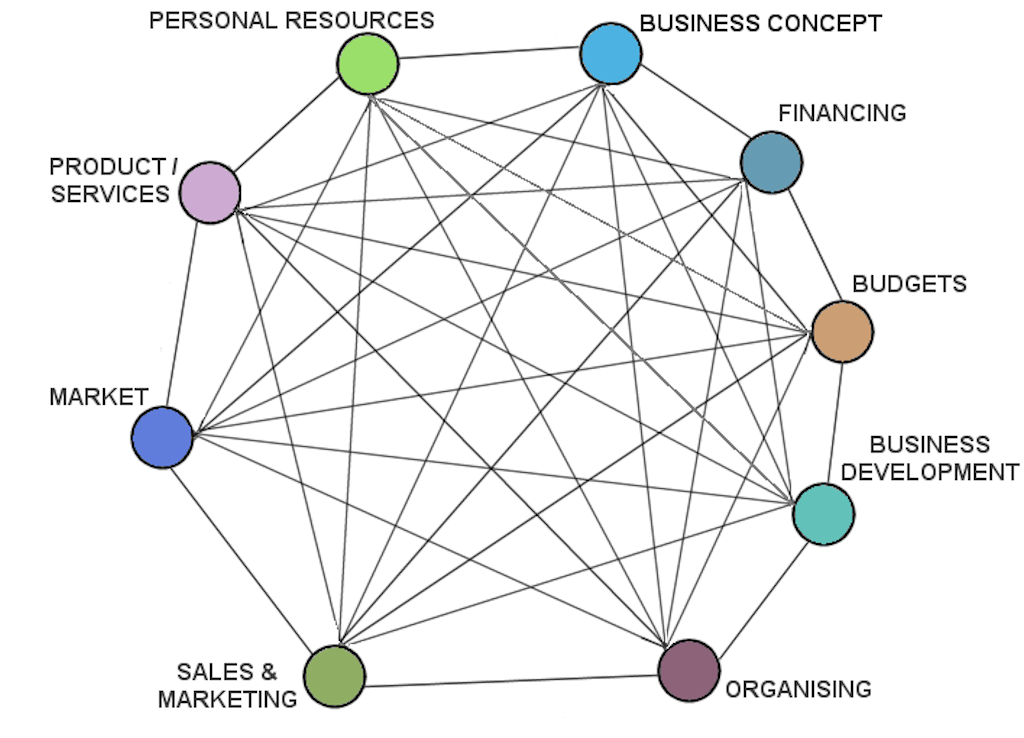How Mutagens Affect Our Organism Caenorhabditis Elegans.
Caenorhabditis Elegans Transport of vesicles facilitated by kinesin and the effects of mutations in nerve transmission in Caenorhabditis elegans Introduction A nerve cell is made up of three main structures: the soma, the axon and the synapse.
In this lab we will be looking at the mutagen ethyl methanesulfonate (EMS) and how it will affect our organism Caenorhabditis elegans (C. elegans). EMS is known to be mutagenic and carcinogenic because it can “produce significant levels of alkylation at oxygens of guanine and in the DNA phosphate groups.

The classification of predicted membrane proteins also provided a good overview of the distribution and evolution of these families in C. elegans. As expected, a number of worm families did not have any mammalian homologs in the protein databases.

I. Introduction A. Caenorhabditis elegans is a nematode. It is free living organism. It is found in temperate soils.
The nervous system represents the most complex organ of C. elegans. It is the organ with the most cells (302 neurons and 56 glial cells make up 37% of the somatic cells in a hermaphrodite) and the largest cellular diversity (at least 118 different neuron classes).

Caenorhabditis elegans is a nematode widely used as a toxicological model. The transparency of its body, short lifespan, ability to self-fertilize and ease of culture are advantages that make it.

Caenorhabditis elegans is a species of roundworm or nematode. It is important because much research has been done on its genetics and development. C. elegans is about 1 mm long. The worms are not parasites, they are free-living.
Advantages of using Caenorhabditis Elegans as a Model Organism. C.elegans is a nematode worm and is significantly anatomically simpler than a human, however, it does share many similarities at the molecular level making it a good candidate for a model organism. Figure 10: C. elegans anatomy. Major anatomical features of a hermaphrodite (A) and male (B) viewed laterally.

Caenorhabditis elegans is a powerful model organism that is invaluable for experimental research because it can be used to recapitulate most human diseases at either the metabolic or genomic level in vivo. This organism contains many key components related to metabolic and oxidative stress networks that could conceivably allow us to increase and integrate information to understand the causes.

C. elegans is an obvious choice as a model system, as the first animal to have its genome completely sequenced, 21 and with approximately 19,000 genes, more is known about the genetics and molecular make-up of C. elegans than any other ambulatory organism. 22 C. elegans has been used to model many types of disorders in humans, 19 including neurologic and psychiatric disorders ranging from.

Johnson (2003), Advantages and disadvantages of Caenorhabditis elegans for aging research ( 0275 ) Hertweck et al. (2003), C. elegans, a model for aging with high-throughput capacity (PubMed) ( 0276 ) Lund et al. (2002), Transcriptional profile of aging in C. elegans (PubMed).

The Beginning of Connectomics: a Commentary on White et al. (1986) 'The Structure of the Nervous System of the Nematode Caenorhabditis elegans' by Emmons, 2015 Studies on the Development and Organisation of the Nervous System of C. elegans: Part I - The Outgrowth of Nerve Processes in the Embryo and Part II - The Organisation of the Adult Nerve Ring by Durbin, 1987 ( pdf ).

Biology C. elegans is unsegmented, vermiform, bilaterally symmetrical, with a cuticle integument, four main epidermal cords and a fluid-filled pseudocoelomate cavity.Members of the species have many of the same organ systems as other animals. In the wild, they feed on bacteria that develop on decaying vegetable matter.


